Thirty years ago someone was taking out a mortgage that they just paid off. That would be a marvel if they never refinanced considering the prime interest rate was nine percent and mortgages were as high as thirteen percent. More marvelous are designs that were modern then that look modern now. The country had recovered from the programming-induced market drop of 1987. The Berlin Wall was falling. Japan’s power was rising.
Space travel was so common that Space Shuttle flights were ignored. But people were excited about a hypersonic Orient Express that could take passengers from New York to Tokyo and back in less than a day. Star Trek returned with a Next Generation and a catch-phrase of “Make it so.”
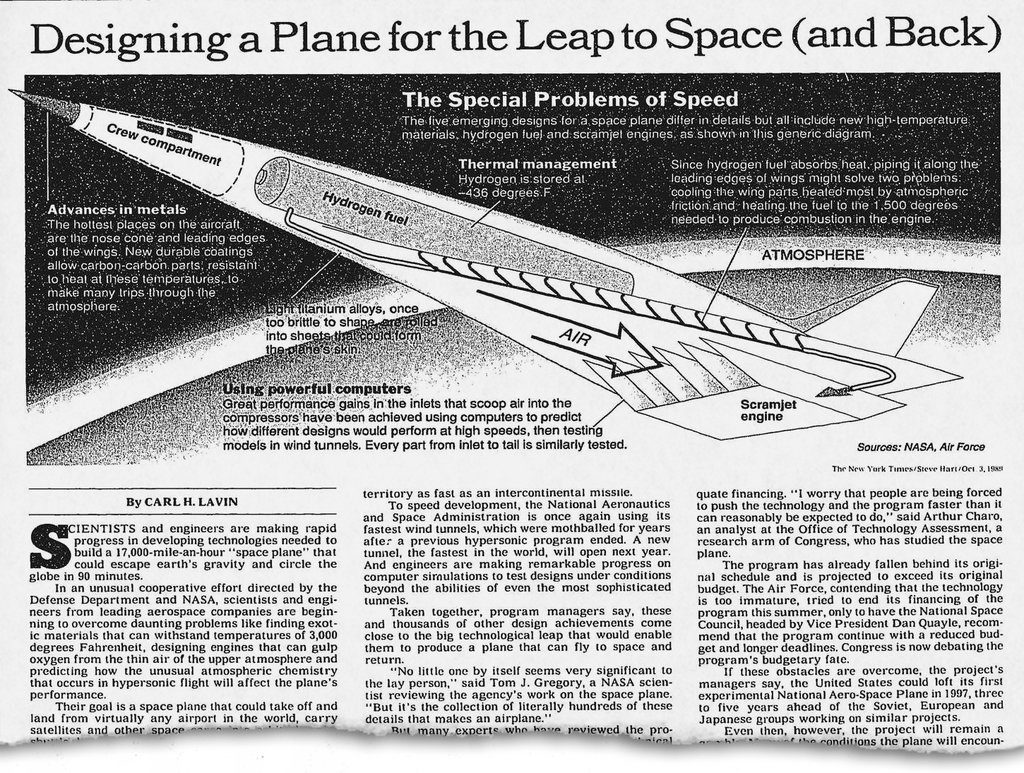
Architecture and design were learning how, what, and why to make the move from mainframes to mini-computers in the office. PCs and Macs were fighting for desk space at home. Electronic typewriters tried to find a home in the gap. They fought against dot-matrix printers, and storage devices that could hold 540M. That’s enough to hold 1,500 floppies! Everyone was learning about modems, the pre-World-Wide-Web Internet, and the phenomenon called America Online.
For the building industry it meant Computer Aided-Design (CAD); the ability to imagine designs that weren’t constrained by 2-D paper; have the computer compile bills of materials, prints without blueprints, and manage timelines. Some people even were no longer shackled to an office because they could carry (lug) their Mobile Cellular phone anywhere (within a very limited range for a very limited time.) If they missed a call, their desktop answering machine could take the call, even if the secretary wasn’t available.
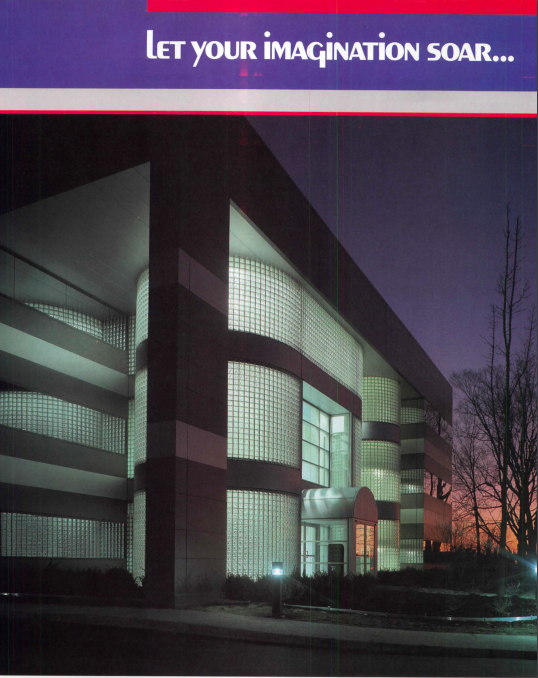
Computers were no longer a frivolous experiment. Integrating them into office and home required rethinking the office and the home. Computer desks were computers with writing surfaces attached, not just desks with computers set on them. Offices were redesigned to handle the heat and the noise and the cables. Both environments tackled how to network throughout a building or a home. Faux wood softened the transition.
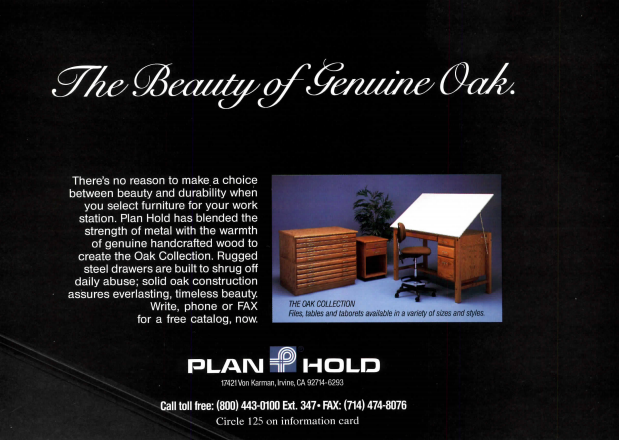
The previous decade’s interest in energy efficiency embraced the idea of computer building management from programmable thermostats to hands-free heating and cooling systems. Noticeable advances were electronic low-voltage lighting, which allowed new room layouts; and ultrasonic light switches (motion sensors that taught people to flail their arms when the systems turned off the lights because it thought no one was there.)
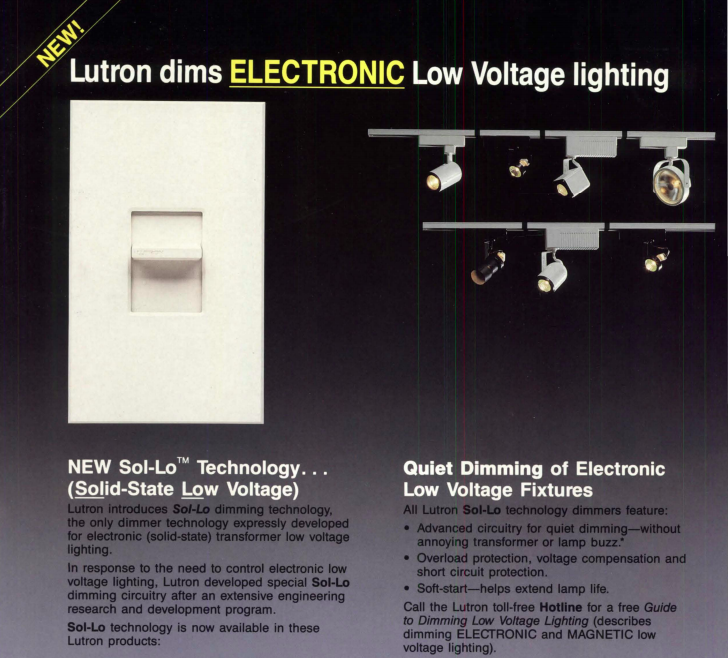
“I would speculate that when the energy conservation movement in architecture is seen in historical perspective, it will resemble the eclectic period prior to the modern movement—very early stirrings which were then smothered, and re-emerged. I think when we [architects] approached the energy issue 10 years ago, a window was opened, and it scared the hell out of people. It means an investment in the future and a realignment of institutional relationships, and it means we have to think really hard.”
—David Bennett, FAIA
Dark places were introduced to swirly fluorescents, Compact Fluorescent Lights that allowed new shapes and lower costs. Just don’t drop them and let out the mercury inside. Energy efficiency became a commercial need more than just a federal mandate. Insulation was improving, and old materials were being upgraded so they wouldn’t become obsolete. Instead of windows being massive energy sinks and sources, they were becoming useful design expressions – with the right coatings. Glass curtain walls, high-arches of windows overhead, and solar tubes brought natural light back into our spaces without absorbing or leaking too much energy. High-tech was reinviting nature back indoors.
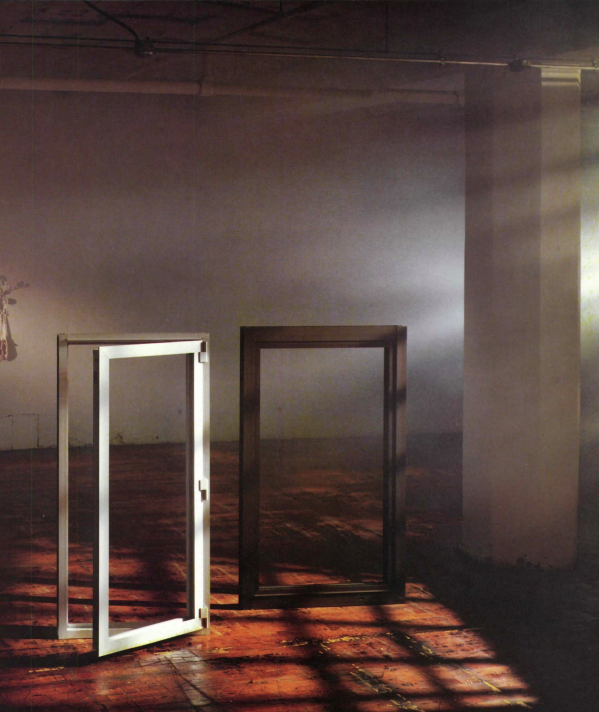
Solar experimentation continued as photovoltaic efficiencies improved. Passive solar for heat retention was becoming better understood. Some ideas, like a passive solar clothes drying cabinet didn’t have a long life. Heating water with sunshine was cheap and reliable, but a tankless water heater was easier to work into conventional design and building methods.
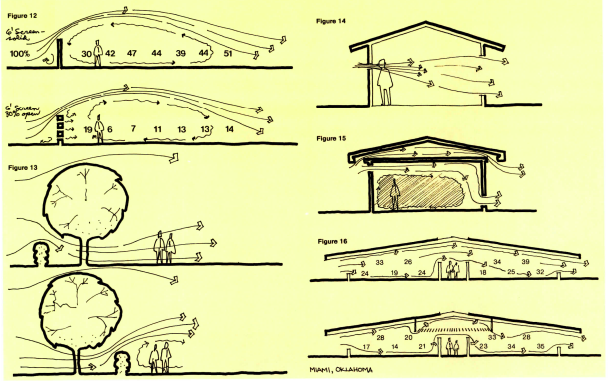
New materials advanced efficiency, but they also introduced outdoor and indoor air quality issues. Remember the ozone hole and acid rain? CFCs (chlorofluorocarbons) were out, and the search for replacements was on. Radon and halon became topics. Replacements for asbestos were also being introduced. Houseplants and the carefully managed reintroduction of outside air were one way to mix nature and modern design. High-tech topiaries called plant walls softened the industrial feel.
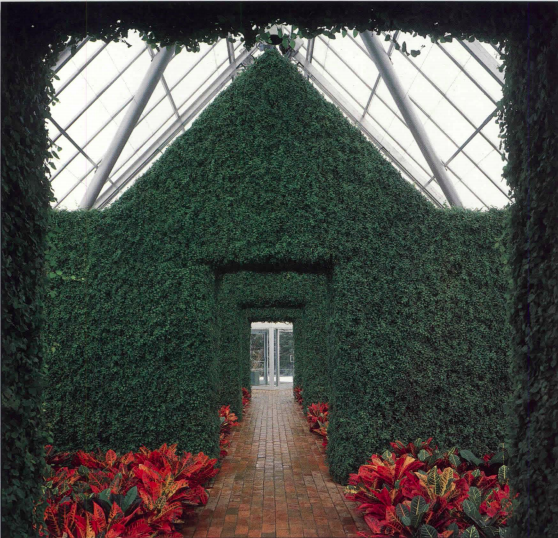
People and their lifestyles were changing regardless of technology. Early Baby Boomers were beginning to downsize as they recognized the shift of becoming empty nesters. Nostalgia struck as memories of small town life (even among those who’d never lived in one) encouraged some to take urban ideas into otherwise rural settings, and for urban and suburban developers to think in terms of street-level storefronts and open spaces. Frequently they captured the form, but couldn’t recreate the culture. San Antonio’s Riverwalk proved a new approach was viable and looked like it would be sustainable. Maybe it was the multi-cultural elements that helped.
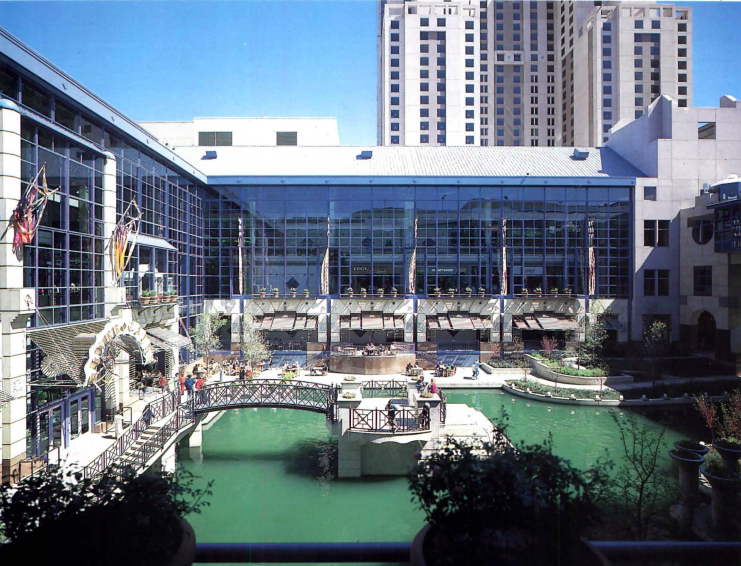
Ironically, two competing trends made some incorporate rooms for gyms and recreation equipment, while others designed for sedentary computer-related living. As always, there was a call for affordable housing. Those aging Boomers also created a demand for accommodating things like wheelchairs, handrails, and residential elevators.

We were about to enter a new age, and few knew what that might mean. Their guesses are captured in our architecture, in general. The details may have changed, though. Would anyone name a flooring material Disc-O-Tile in 2019?
This is the third installment in a series looking back at the last several decades. Read the first two here: